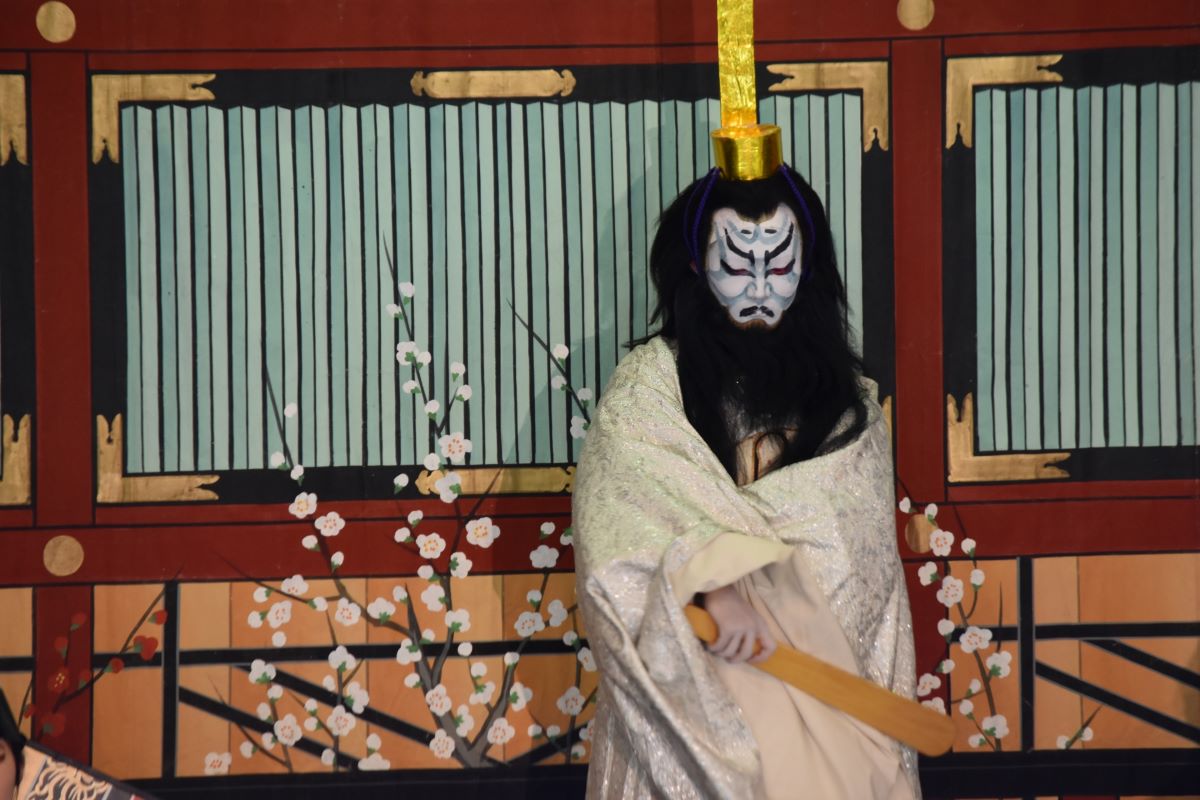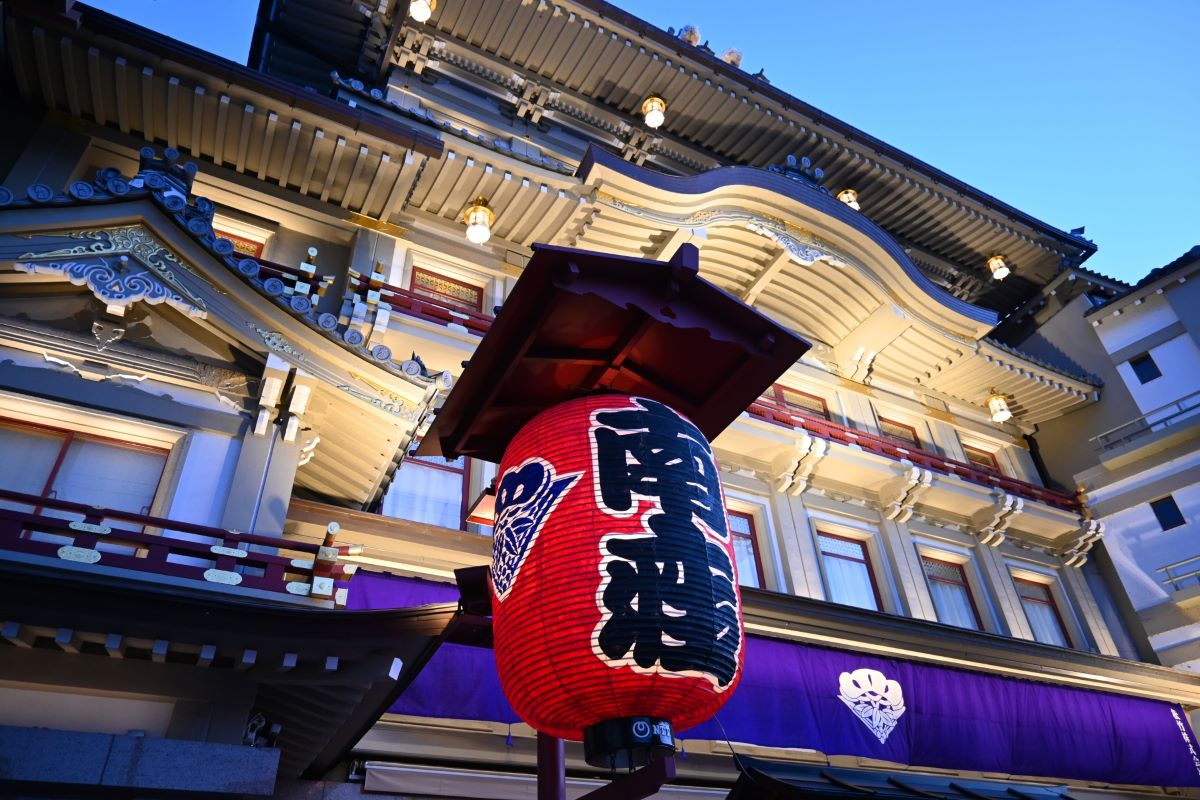Over the centuries, classical Japanese theater has evolved as a truly spectacular and unique art form as have many of the arts of Japanese culture. One form of Japanese theater which has stayed popular with attendants over the years is the form of theater known as Kabuki.
History Of Kabuki

It is actually the more modern of the types of classical Japanese theater, documented as first appearing around the year1603, and is also the type that can potentially be more easily enjoyed without a proper understanding of the Japanese language. It is a beautiful art form that is both visually spectacular and musically entertaining, so here is an overview to help prepare you for a visit to a Kabuki theater during your stay in Japan.
Okuni: The Woman Who Started Kabuki

Okuni The Woman Who Invented Kabuki
According to historical accounts, Kabuki was started by a woman named Okuni who was possibly a kind of shamanic priestess of her era and locale. She and her all female theater troop performed publically on the dry river beds of Kyoto and this new and innovative style of theater was reportedly an instant hit.
It was around the turn of the 17th century and Kabuki was a relatively wild new form of theater in Japan. The classical Noh theater style, which predates Kabuki, was more ritualistic and also had a primarily male cast.
Okuni’s new form of exotic theater was apparently a welcome new addition to Japanese culture and her troop was soon invited to perform for the imperial court. The relatively instantaneous success of Okuni’s Kabuki, which may be derived from a word meaning “to stand out”, certainly stood out enough to inspire many other Kabuki theater troops to quickly form and a new popular art form was born.
Kabuki’s Raunchy Beginnings
Kabuki in its original incarnation with women playing all roles was somewhat suggestively erotic and most of the women in the plays are considered to have been available for hire as sexual companions. This being the case, during the historical Edo period the word Kabuki was also written with Japanese characters meaning “Singing and dancing prostitute”.
By 1629 the government had decided that Kabuki was getting a little too lewd and becoming a public risk as altercations had apparently occurred between fans vying for the relations of particular actresses
Women Are Banned From Performing Kabuki

Women were thus banned from performing Kabuki for many years. Interestingly, troops featuring all-male casts sprung up almost immediately to take their place.
Perhaps even more interestingly is that the more attractive feminine roles were usually played by relatively beautiful young adult males who were also often available as hired companions for both women and men. Thus Kabuki continued forward as a newly reborn art form.

Kabuki as it is usually performed today still has a tendency to feature an all male cast, and the ability of a performer to play both feminine and masculine roles is likely a common measure of their theatrical skill.
Watching Kabuki

In addition to having an all male cast, Kabuki is also characterized by many other aspects which make it a truly unique style of classical Japanese theater.
One is certainly recommended to, if at all possible, attend a Kabuki performance during a stay in Japan. While sitting through a full play may be a bit much due to the possible language issues, some theaters have also been known to actually offer a significant discount on tickets for arriving at intermission or similar.
Ask a Japanese friend or your hotel to contact the Kabuki theater to inquire about such discounts. Enjoy the classical art of Kabuki as it is truly a window into the origins of many of the aspects of modern Japanese entertainment.